
While you may be tempted to think all safari areas in Southern Africa are alike, the landlocked country of Zambia stands out as a beating heart of untamed wildlife and unspoilt breathtaking landscapes—with the unique advantage of remarkably low tourist density.
It's often said, "You can't choose your family, but you can choose your friends," and this is certainly true for Zambia, which is fortunately surrounded by neighbors rich in tourism and abundant in wildlife—most notably Zimbabwe, Botswana, Mozambique, and Tanzania. So why does Zambia receive fewer visitors compared to the rest of its "Southern African family"?
The main reason is that Zambia prioritizes preserving wildlife and providing an authentic safari experience in the wilderness, while striving to maintain low tourism operations in the area, which results in reduced tourism. However, this should be viewed positively, as guests can expect a more genuine and intimate encounter with wildlife, along with fewer crowds.
Another factor that influences tourism in Zambia is precisely its location amid internationally celebrated safari areas, with travelers often opting for popular destinations such as Chobe National Park and the Okavango Delta in Botswana, or the majestic Victoria Falls — an attraction shared by both Zambia and Zimbabwe. While Zambia may not be in the same spotlight as its counterparts, it would be a mistake to consider it an inferior safari destination. Zambia is as African as it gets.
Additionally, as a landlocked country situated at the northern edge of Southern Africa, Zambia may involve slightly longer travel times and higher costs due to the need for charter flights. However, for luxury travelers, these are typically included in top-end and exclusive safari packages, with guests arriving and departing via a local airstrip.
An abundance of wildlife, peace and quiet, luxury lodges, and jaw-dropping scenery make Zambia a worthy consideration for a truly genuine African safari.
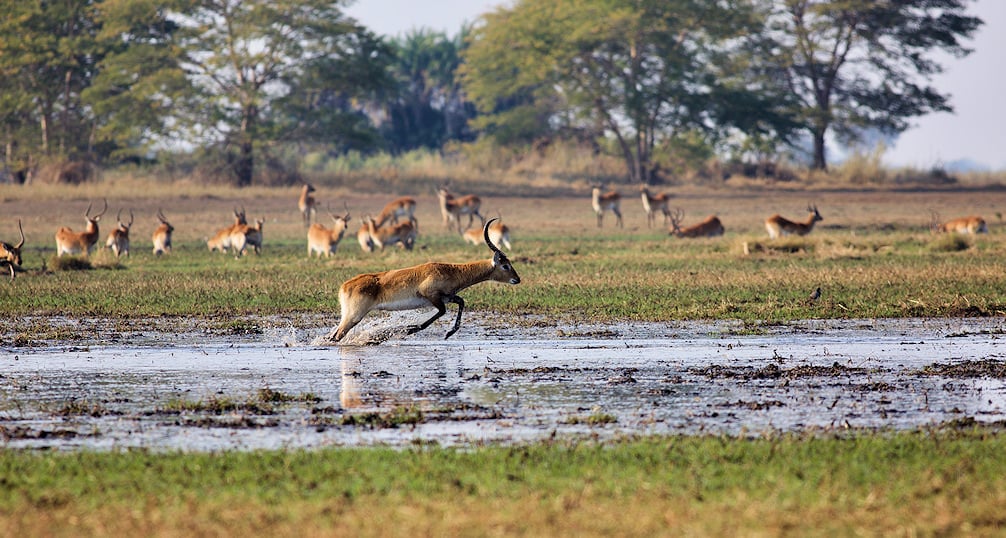
Zambia boasts 19 national parks, each offering a variety of opportunities for wildlife exploration, from river-based safaris to walking safaris and the dramatic seasonal wildlife migrations.
The biggest park in Zambia is Kafue National Park, covering a vast area of 22,400 km² (8,644 miles²). While Kafue is home to four of the Big Five (excluding the rhino), it also boasts a wide range of other mammals, including zebras, wildebeests, giraffes, hippos, crocodiles, impalas, puku, and the Kafue Lechwe (Kobus leche kafuensis), which is endemic to the area. The Kafue River, which flows through the region, sustains the ecosystem while serving as an important water source for wildlife, and with diverse habitats, including woodlands and floodplains, Kafue is a birdwatcher's paradise. Busanga Plains is located in the northern part of the park and is a seasonal floodplain that draws large populations of antelope species during the rainy season when it is transformed into a wetland. These large herds attract predators such as lions, cheetahs, side-striped jackals, servals and wild dogs, and thrilling predator-prey scenes unfold under the African sun.
Spanning 9,050 km² (3,494 miles²), South Luangwa National Park is the second-largest park in Zambia, known for its walking safaris, high concentration of wildlife, and presence of the Big Five—leopard, elephant, rhino, buffalo, and lion. The Luangwa River plays a vital role in the ecosystem and supports activities such as boat safaris, wildlife viewing, and birdwatching. Thornicroft’s giraffe (Giraffa camelopardalis thornicrofti), which is only found in the Luangwa Valley, is a subspecies of giraffe with a distinct coat pattern.
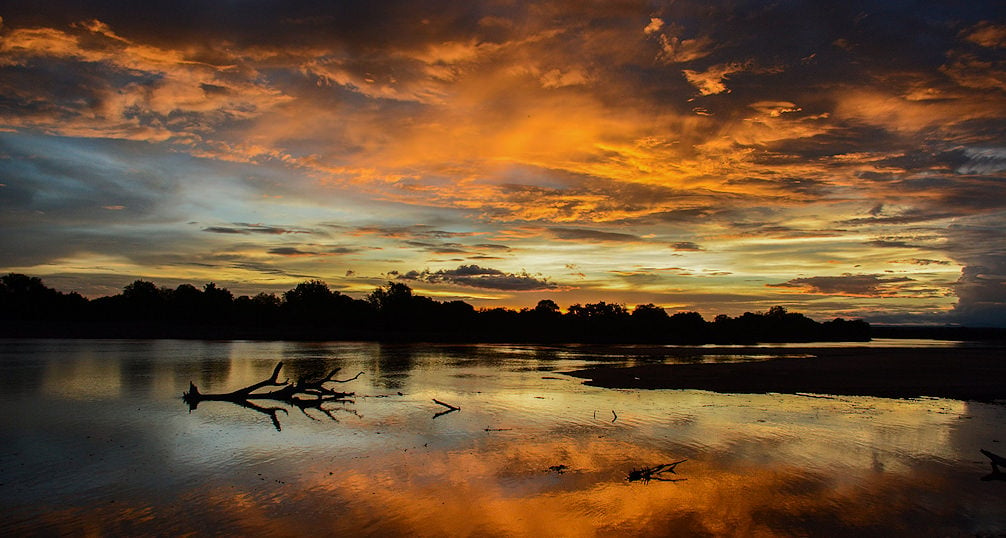
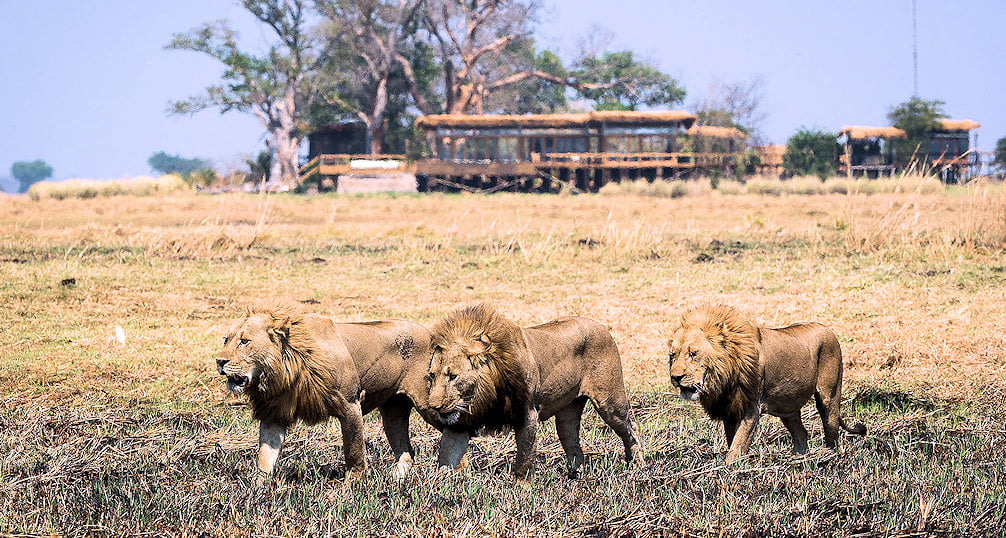
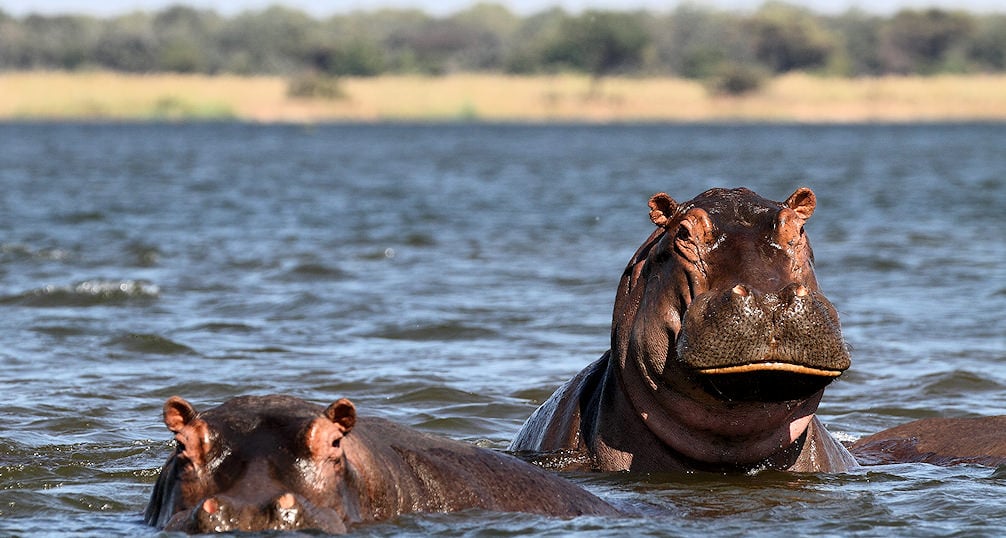
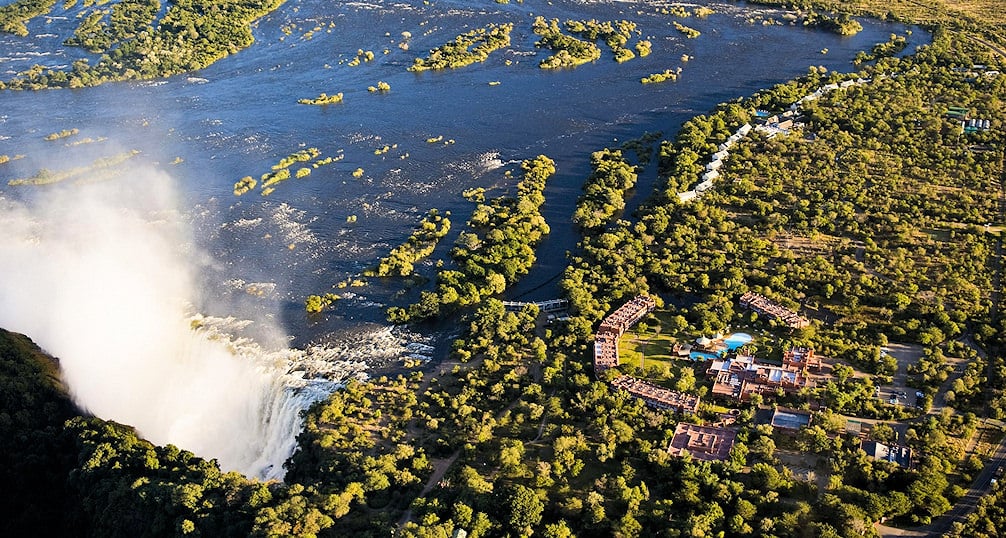
Lower Zambezi National Park, with an area size of 4,092 km² (1,580 miles²), may not be as large as Kafue or South Luangwa but still offers a wealth of adventures worthy of a world-class safari. The Zambezi River takes center stage and hosts an array of activities such as canoe safaris, boat cruises, fishing, and riverside game viewing—especially close encounters with elephants during water-based safaris. Lower Zambezi is inhabited by a diverse collection of animals, including elephants, buffalo, leopards, lions, hippos, crocodiles, waterbuck, as well as many bird and reptile species.
The smallest park is Mosi-oa-Tunya National Park, with a mere area size of 66 km² (25 miles²), but it has the advantage of being located right next to The Victoria Falls, allowing visitors to behold the falls from the Zambian side and partake in a wide variety of water-based and river activities on the Zambezi River, such as Victoria Falls activities, sunset cruises, and more. While there are no leopards or lions, elephants, buffalos, and rhinos are present, and white rhinos can be seen on foot with a guide.
Lesser-known parks in Zambia also offer a treasure trove of biodiversity, unique settings, and intimacy. Sioma Ngwezi National Park is remote, wild, and untamed. North Luangwa National Park offers exclusive walking safaris and has seen success in reintroducing black rhinos to the area. The second-largest wildebeest migration in Africa is a highlight at Liuwa Plain National Park, where hyenas, jackals, oribi, and sitatunga are among the animals that inhabit the area. Notable mentions include Kasanka National Park, known for hosting the largest mammal migration of fruit bats in the world, and Lake Tanganyika National Park, with its rich biodiversity in the Lake Tanganyika ecosystem.
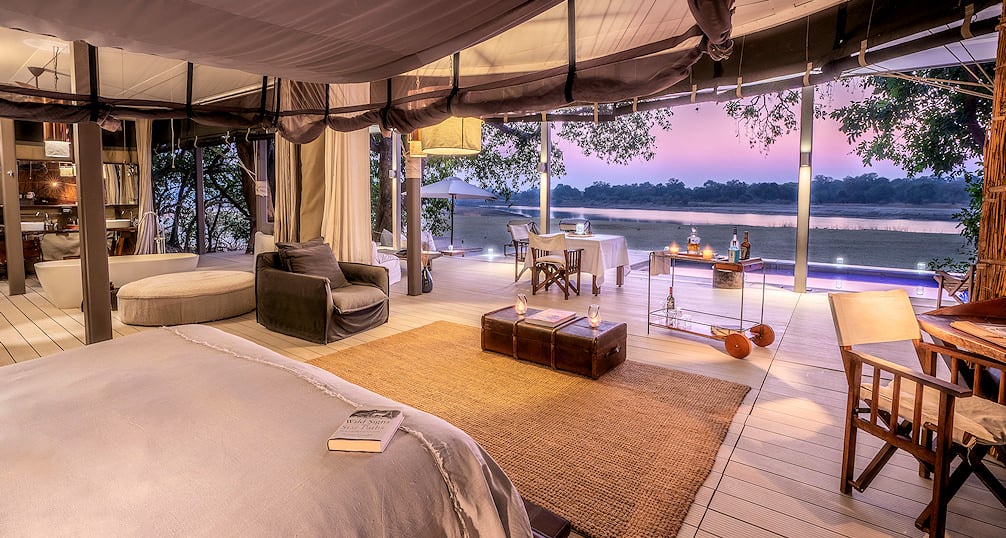
Zambia strives to keep safaris close to nature by limiting tourism operations within its national parks. However, there is still a wide selection of top-end, luxury, and standard lodges to choose from, each with it's own activities and distinctive setting.
Shumba Camp is a seasonal, remote, and exclusive lodge with only six suites, located on a small island in the Busanga Plains. Its 360-degree views of the surrounding plains give guests a front-row seat to the wildlife action—most thrillingly, lions. Shumba Camp is also one of the few places in Zambia where cheetahs can be observed roaming and hunting in open spaces. Visitors can enjoy traditional safari excursions as well as stargazing with a laser pointer, guided nature walks, and boating safaris.
The Luangwa River in South Luangwa National Park provides the perfect setting for two more premium lodges. Time + Tide Chinzombo features six grass-and-canvas-walled suites with spacious living areas that blend seamlessly with nature and offer peaceful, panoramic views of the river. Time + Tide Mchenja is situated on a wide expanse of the river, where guests can expect to see large herds of elephants crossing the waters. The surrounding wilderness, teeming with wildlife, is well-known for its abundant game-viewing opportunities. Tena Tena Camp is a distinguished tented camp in South Luangwa and a top-tier choice. While it offers similar safari activities to Chinzombo and Mchenja, its exceptional canvas tents with river views, located near a waterhole, provide guests with a truly memorable adventure.
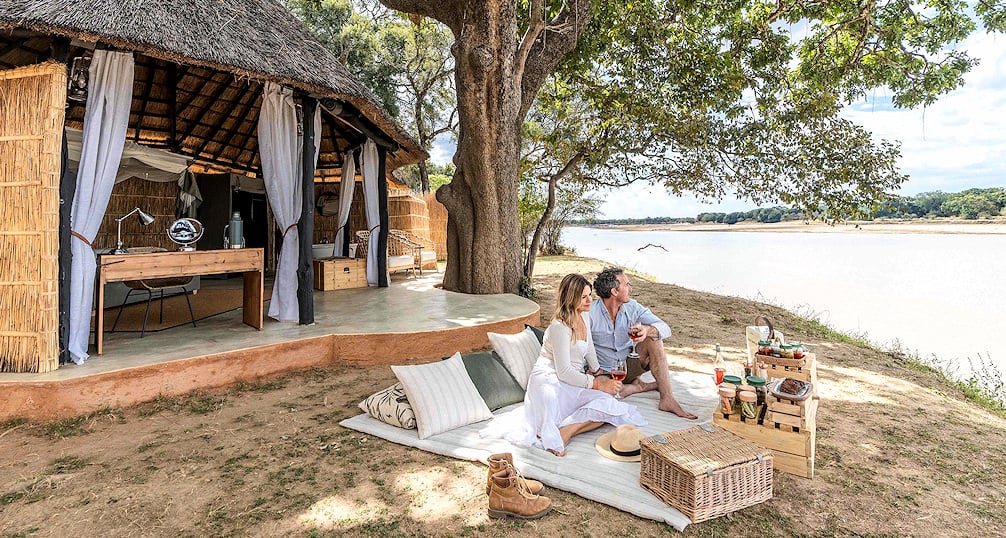
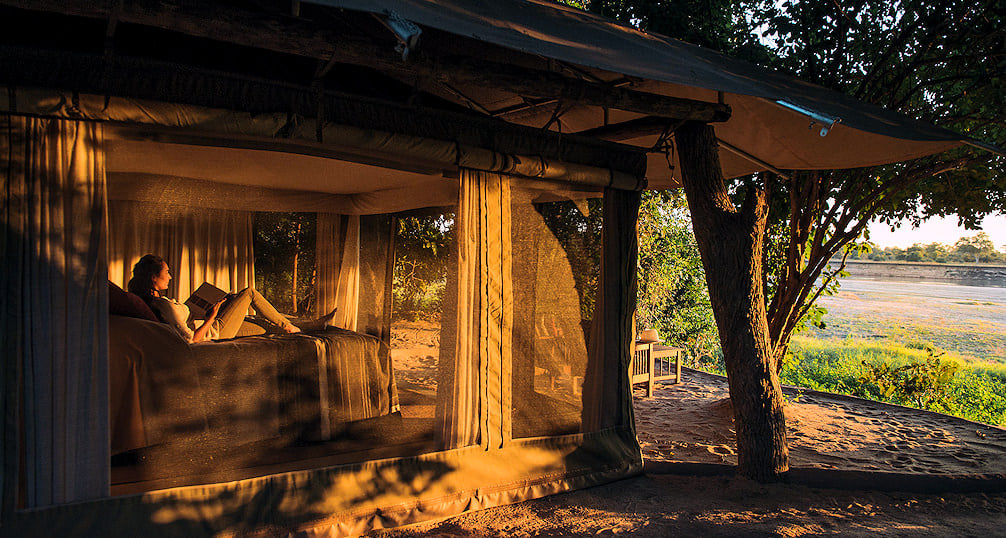
It goes without saying that some remarkable lodges are situated along the banks of the mighty Zambezi River, close to the thunderous Victoria Falls.The Royal Livingstone, located in Mosi-oa-Tunya National Park, is just a stone's throw from the falls, where guests can enjoy close-up views from the edge of the hotel's lush, manicured gardens. The hotel spares no expense when it comes to comfort, with rooms featuring top-tier amenities and stunning river views. A few kilometers further north of the falls lies The David Livingstone Safari Lodge and Spa, offering breathtaking views of the Zambezi River. The four-star lodge rooms are tastefully styled with an African touch, and the hotel restaurant serves unique Afro-Arabian dishes. As you would expect, this water-rich region supports a wide variety of activities, including white-water rafting, microlight and helicopter flights over the falls, sunset cruises, cultural tours, bungee jumping, zip-lining, bridge swinging, canoe safaris, horseback trail rides, river safaris, and game drives.
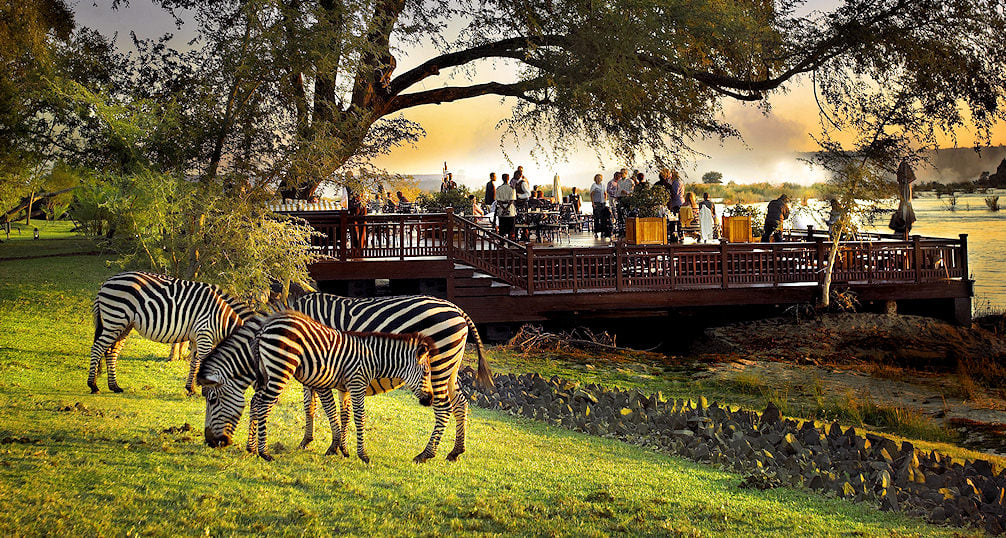
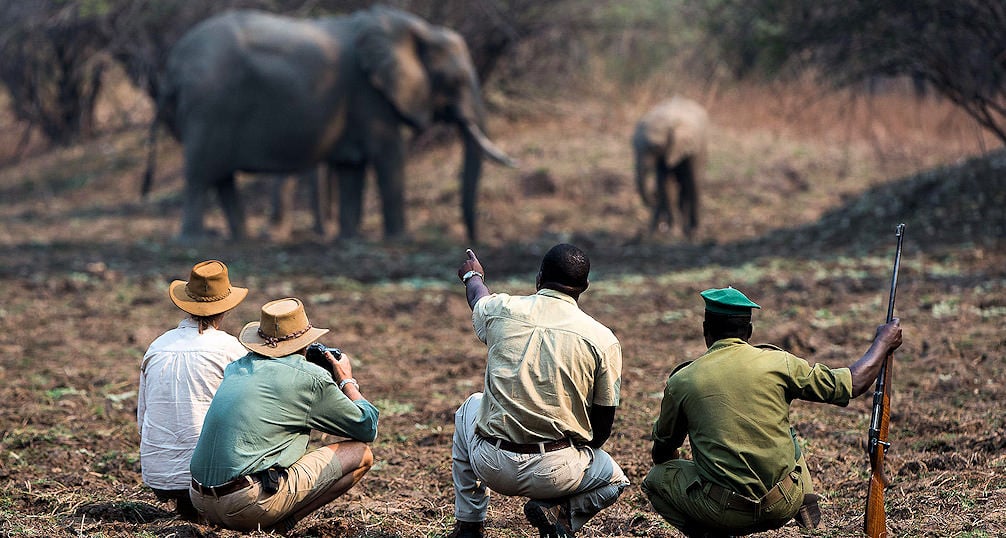
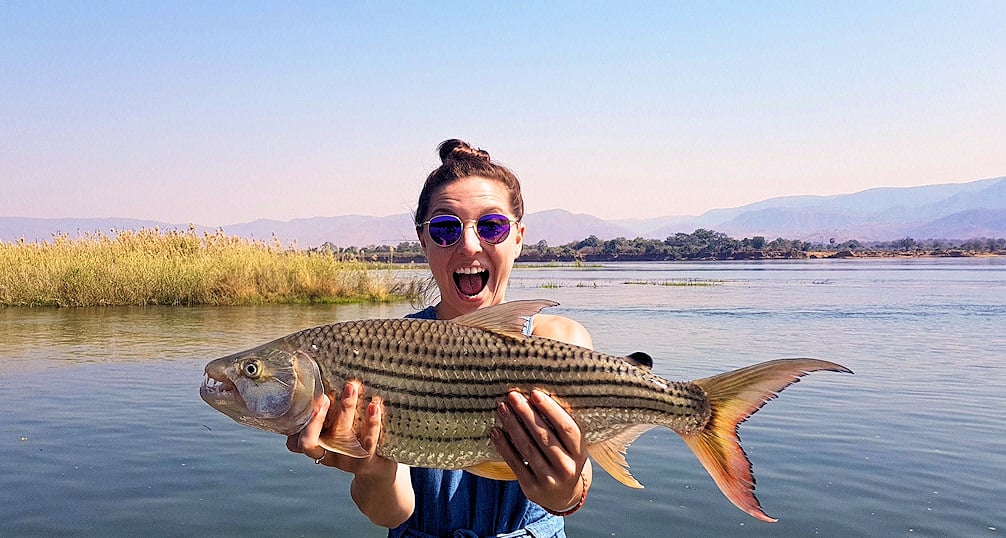
Situated 440 kilometers (273 miles) northwest of the falls, along the Zambezi River within the Lower Zambezi National Park, is the Royal Zambezi Lodge. This family-owned, posh lodge is located on the Zambian side of the river, offering stunning views across to Mana Pools National Park in Zimbabwe. The rooms are beautifully furnished with modern comforts, providing a refined and relaxing atmosphere. Guests can enjoy a variety of safari-themed activities, and a notable highlight at the lodge is tiger fishing, which is considered by anglers to be one of the greatest fishing challenges, as the tiger fish can weigh up to 12 kg.
The lodges spotlighted above are only a tiny glimpse into the accommodation options available in Zambia. If you are considering options, some other exceptional lodges worth a look include Luangwa River Camp, Lolebezi, Sussi & Chuma Lodge, and Thorntree River Lodge.
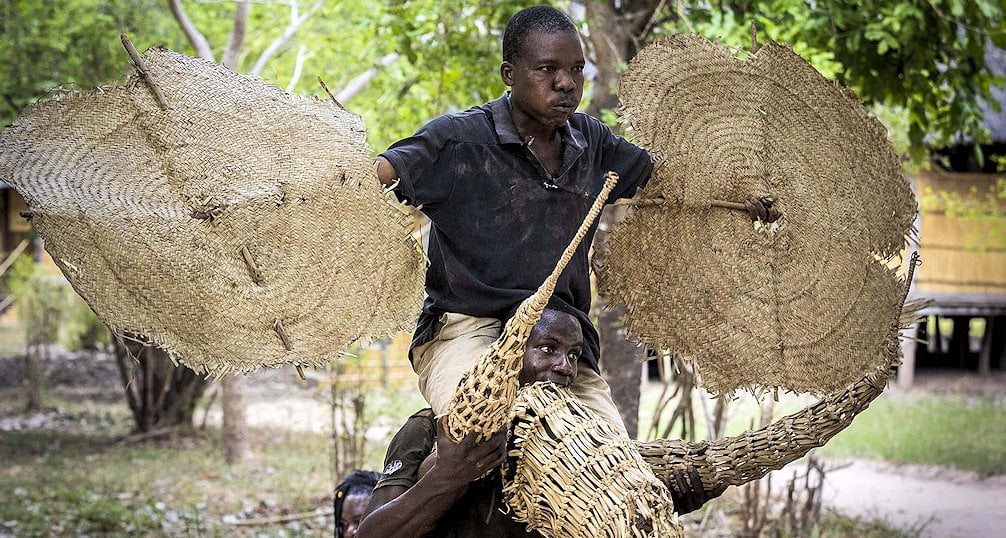
Zambia is home to more than 70 distinct ethnic groups, who enjoy cultural exchange by sharing their traditions with foreigners.
There is much to engage with in the form of cultural tours to villages and markets. Cultural exchange serves two distinct roles in Zambia: it attracts overseas visitors eager to absorb African traditions, and it is crucial for ethnic groups who rely on tourism as their primary source of income. The locals are generally friendly, eager to please, and proud of their heritage.
Lodges in the Lower Zambezi region offer popular guided tours that take visitors to villages or cultural centers, where they can interact with local people and learn about their customs and way of life. In Livingstone, the Tonga Dance is performed by members of the Tonga people, while in the Northern Province, cultural excursions include visits to Bemba villages. In the Eastern Province, you'll find Ngoni, Chewa, and Nsenga communities who will share their history and invite you to participate in traditional arts and crafts.
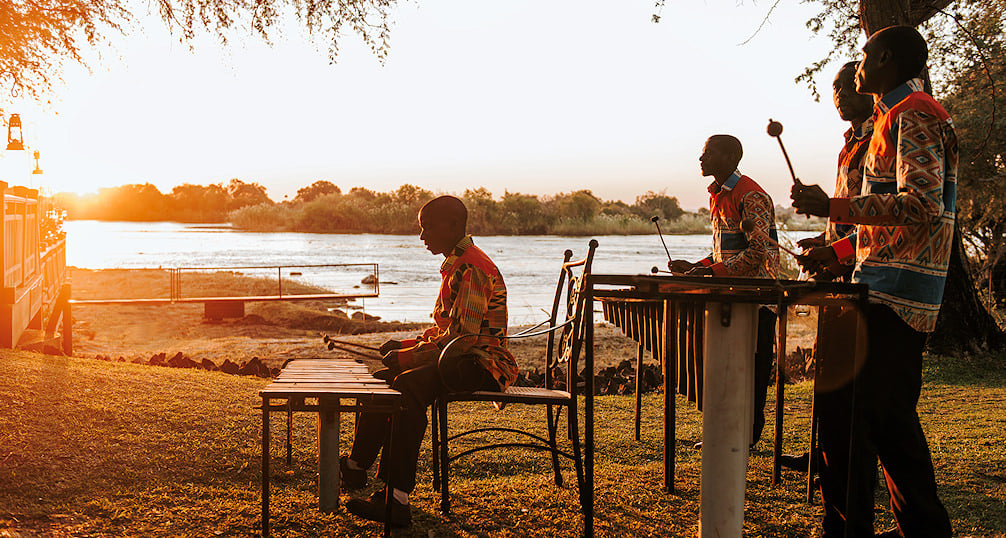

With the exception of Victoria Falls, Zambia may seem overlooked as a safari destination — yet in many ways, it offers the purest form of the African safari: remote, raw, wild, unspoilt, and untamed.